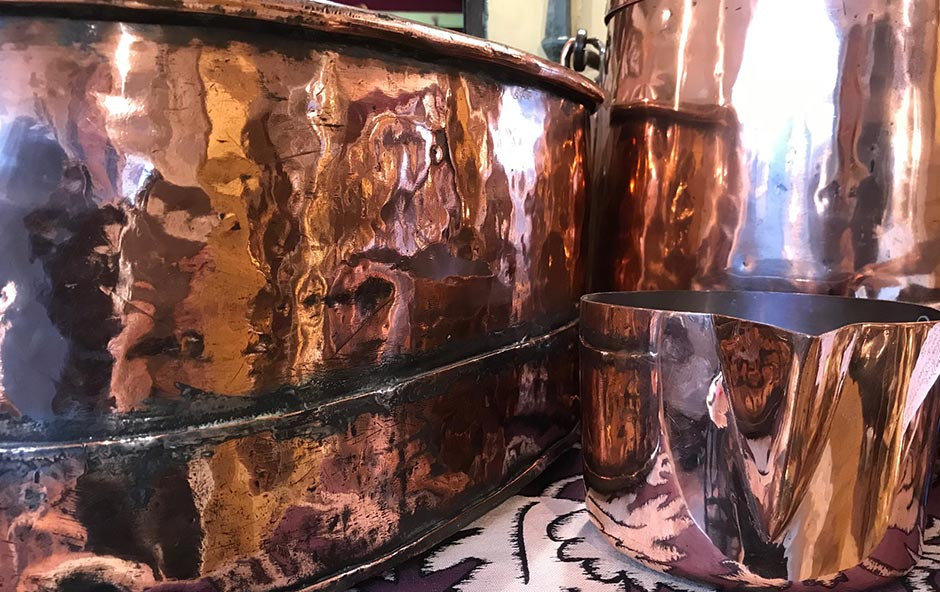
Standing the test of time as functional and decorative items over the centuries, antique brass is back in fashion. That low-shine element gives interior spaces an organic aesthetic that modern chrome simply cannot compare with. But brass antiques aren’t just beautiful - they’re hard-wearing, affordable and rich with history. Here’s what you need to know when buying and selling antique brass:
What is antique brass?
A robust blend of copper, zinc and other minor elements, the formulation of antique brass depends on its use. From fireplace equipment to lighting fixtures, the way each object looks is down to the specific percentage of copper and zinc its made up of.
Stronger than copper and less likely to split, the most common brass antiques are decorative domestic wares. Much antique brass dates back to the mid-18th century, when Birmingham was the main metalworking centre. By the mid-19th century the city was the world leader in brassware. Care and research is needed to identify genuine Victorian brass from reproductions, which were made all the way up to the First World War. For example, antique brass candlesticks made before about 1780 can be recognised by their seamed stems, which were made in two parts and soldered together afterwards. Brass antiques made after the 19th century are have a rougher finish, whereas those manufactured before were scrupulously cleaned. A genuine pair of antique brass candlesticks from the 19th century can fetch between £150 to £650, style and exact age depending.
What colour is antique brass?
With variations in the composition and alloys of brass, what does antique brass look like, exactly? Although it can look different from one object to the other, antique brass is generally a heavy, deep golden brown. It’s not a bright, shiny metal - in fact its beauty lies in its mellow antiquity. Do check for encrustations when browsing brass antiques for sale - hard coatings that develop as a result of oxidation.
How to clean antique brass
Brass antiques require regular polishing to keep them looking their best. Do it by hand, applying brass and copper polish with cotton wool and using a soft yellow duster to take it off. Don’t be tempted to whip up any household alternatives when figuring out how to polish antique brass - traditional cleaning solutions such as lemon juice and baking soda will wreck the patina of your treasures. Avoid cleaning brass in water as this can seep into the antique’s solder and corrode it.
To truly see those glorious aging patinas or properly examine the elaborate markings of a pair of antique brass candlesticks, nothing can compare to seeing items up close. Browse our intriguing collection of brass antiques for sale or visit our brilliant centre just a few miles from the beautifully historic city of Lincoln for an antiques-filled day out.